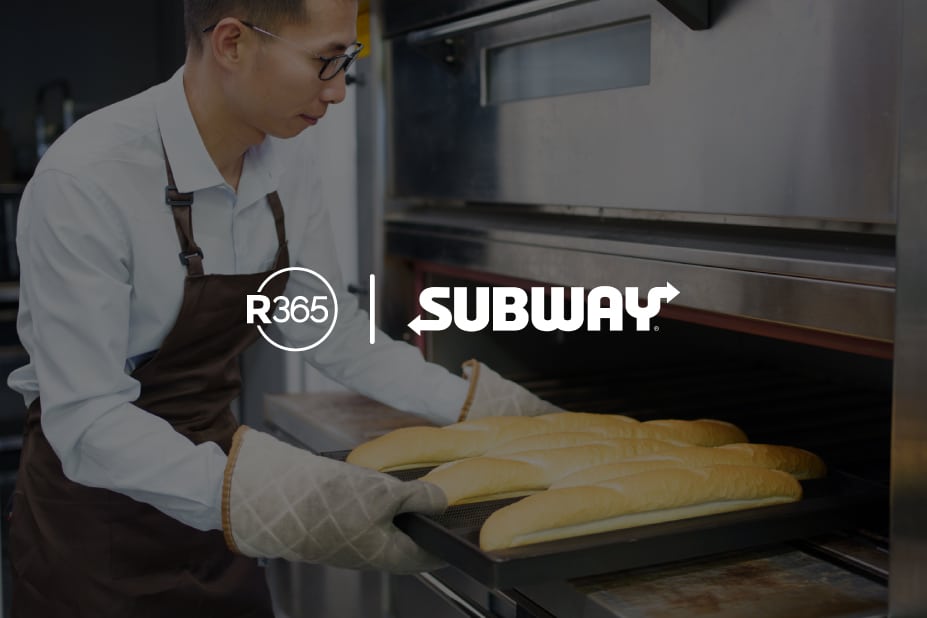There’s nothing more exciting in a restaurant than growth. That could come as an expanding guest count day after day, growing notoriety, a growing team, and of course, growing profits. At some point, a single location can no longer contain all of that growth, and it’s time for your restaurant to branch out and expand its footprint. It’s time to bring your food and culture to a wider audience.
How do you manage multiple restaurants?
With this exciting opportunity comes a challenge far different from the encyclopedia of order tickets your kitchen printer just buzzed out. But it’s just as, if not more, important. Successfully managing multiple restaurants requires skills and strategies that might seem different from what’s needed to successfully run an individual location but will help each location perform better as the overall company charges toward growth. The three key areas to focus on are: structuring management, streamlining operations, and ensuring every aspect of the business has a place inside a comprehensive restaurant management platform that offers visibility and seamless communication.
For more great tips check out other blogs:
- The essential guide to modern restaurant accounting
- Learn how to calculate food cost percentage
- Learn how to read and profit-and-loss statement
- Learn how to master menu engineering to make your menu a moneymaker
How do you manage multiple restaurant locations effectively?
Within those three broad categories, there are several strategies and tactics you can implement or enhance to ensure every element of your multi-unit restaurant concept is operating at its peak. Here at seven ways to effectively manage multiple restaurant locations.
7. Standardize processes
With a single location, it’s easier for an owner or operator to oversee nearly everything happening and ensure everything is as it should be. That’s no longer an option with multiple locations. Oversight happens via standardization across all parts of the business. That means standardizing performance expectations by setting Prime Cost alongside food and labor cost variance goals. It means standardizing hiring and training for both staff and rising managers. Ideally, all of these standardized processes will be housed in a centralized Restaurant Enterprise Management platform that helps owners and operators set protocols and monitor how their teams perform.
6. Delegate responsibility
With the excitement and opportunity of running a multi-unit group comes the reality that leaders at the top won’t be able to do it all. This will be especially challenging for those leaders expanding from a single location. Yet whether you’re overseeing two restaurants or 200, building a team of trusted managers and delegating responsibility will be critical to your success. It’s vital to ensure your front-line managers champion your company’s culture, share your expectations for excellence, and have what they need to perform at their best.
5. Ensure managers have the tools to win
For any multi-location group and its managers, consistently improving guest experiences, margins, and profits, requires a detailed understanding of how they’re performing. That’s why it’s essential to have an all-in-one system integrated with your POS and other vendors that provides visibility into performance at a moment’s notice. Top-line and bottom-line numbers are good, but managers at all levels need the ability to drill down into the numbers to bring any challenge or opportunity into focus so they can quickly leap into action to, for example, mitigate runaway ingredient costs or streamline staffing to save on labor.
4. Create consistency
Your restaurant group’s initial and continuing growth depends on your reputation. How you maintain and bolster that reputation is what will determine your ongoing success. Your guests’ experiences start even before they walk through your doors, and it’s your obligation to ensure a high-quality experience from start to finish. You want to ensure consistency in everything from how that first staff touchpoint greets them to how that favorite dish of theirs appears time and again.
3. Empower communication
Multiple locations mean managing a distributed team. You might not be able to see your managers face-to-face every day, but that’s no excuse for not keeping in touch. A cloud-based system with robust communication tools must be integral to your growth. Not only should you, as an owner and operator, be able to effortlessly communicate with your team, but leaders across the company must also be able to share challenges and best practices to solve problems and seize opportunities together.
2. Ensure visibility
While owners and operators often want to ensure they have an accurate, up-to-date picture of the business and its performance, it’s just as important to provide leaders at all levels with similar insights pertinent to their responsibilities. As is the case of communication, if front-line leaders can see how their peers are performing, they can identify strengths and implement them in their areas to help the company grow.
1. Centralize it all
One of the primary challenges of operating a multi-unit restaurant business is the mashup of disparate systems some operators use to get everything done. There might be generic accounting software, one system for scheduling, a hodgepodge of systems for hiring and training, and pen-and-paper for taking inventory. By centralizing all of those and the other critical elements of restaurant management into a single, integrated system, operators can standardize processes, delegate responsibility, ensure visibility, and more to set the stage for more efficient, profitable long-term growth.
Conclusion
Successfully managing multiple restaurants offers a slew of ever-changing challenges, often layered atop the already challenging job of running a single restaurant. A dynamic, integrated Restaurant Enterprise Management platform can be a force multiplier for operators and managers, helping to spot problems as they arise and streamline once cumbersome tasks giving team members across the board, from accounting to assistant managers, the ability to bolster operations, guest experiences, and margins.



